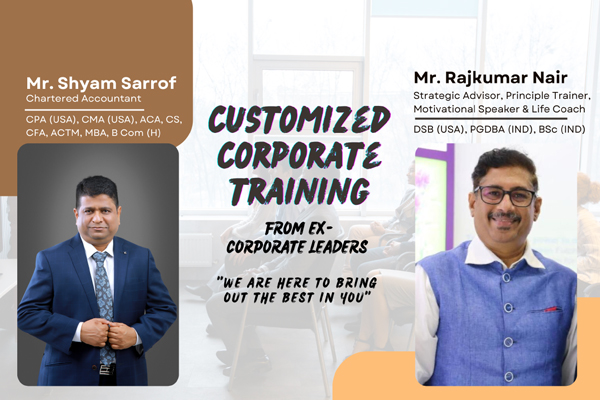
There are some interviews that you must attend in the second round to make a presentation, which allows the company to test the talents and skills of the candidates; on the other hand, the presentation shows your knowledge, expression skills, confidence, and audience. Conversational skills also show your ability to remain calm under pressure.
A well-structured and well-implemented speech will help you stand out in the interview and find your dream job
Read these important interview presentation strategies.
1. If you are required to make a report during the interview, you can ask the hiring manager for other information, Such as the amount of time you will have, what devices or technology you can have access to, and most importantly: who you are presenting to. It is important to have a thorough understanding of the subject and the skills and knowledge of the audience.
2. Once the main message and purpose of the speech have been determined, begin to construct the narrative structure. Having a clear structure can help you stay focused and help your audience follow you. A good beginning, a series of ideas, and a quick but memorable end are the elements of a well-structured presentation.
Use your presentation skills to attract an audience. Show your talents and make unique suggestions and ideas on how you will work in the company. To make the material more attractive, please connect your personal experience with it.
3. No matter how good you are in public speaking, you still need tools such as PowerPoint to make a successful presentation. To make your presentation more interesting, please highlight and build on the key topics on each slide.
Use visual effects such as movies, photos, statistics, and graphics to make your presentation more visually interesting; remember that you only have a certain amount of time to attract the attention of the audience. The goal is to treat these slides as road signs and follow them to reach their destination quickly. You can also provide handouts to help participants stay up-to-date and encourage them to ask questions when they encounter problems during the presentation. Just write down what you want your audience to remember in these brochures.
4. Continue to rehearse while organizing and preparing the presentation. Ask for help from others (family, friends, etc.) and practice in front of them. To avoid making mistakes, please seek their opinions and encourage them to make requests. ask. In the final presentation, add your comment and make any necessary changes.
When alone, take pictures of yourself exercising. You will be able to monitor your body language for signs of anxiety, such as irritability, frowning, and the use of repetitive words such as “uh”, “like” and “and”. Make sure you deal with it before the presentation. The purpose of practicing interview speech is to adapt to it, not to remember it. Practice so that you don’t have to read your notes often, and you don’t have to be prepared for interruptions such as audience questions or comments.
Prepare well in advance by familiarizing yourself with the use of the projector, visual indicators, and remote control. This will avoid uncomfortable pauses during the presentation. Exercise can also help you reach the time limit. Keep track of your time and see where you can add more or reduce it.
5. Consider the basics of how to dress well, smile, and be scared. To attract the attention of the audience, speak clearly, make eye contact, and use open body language to express friendship. The importance of body language should not be underestimated. This will be obvious when you are worried or overconfident.
standing instead of sitting at the presentation. Don’t stand on a podium or table, but walk forward and get close to people. After all, this is your interview, and they want to understand you and your skills, so let them see who is speaking.












